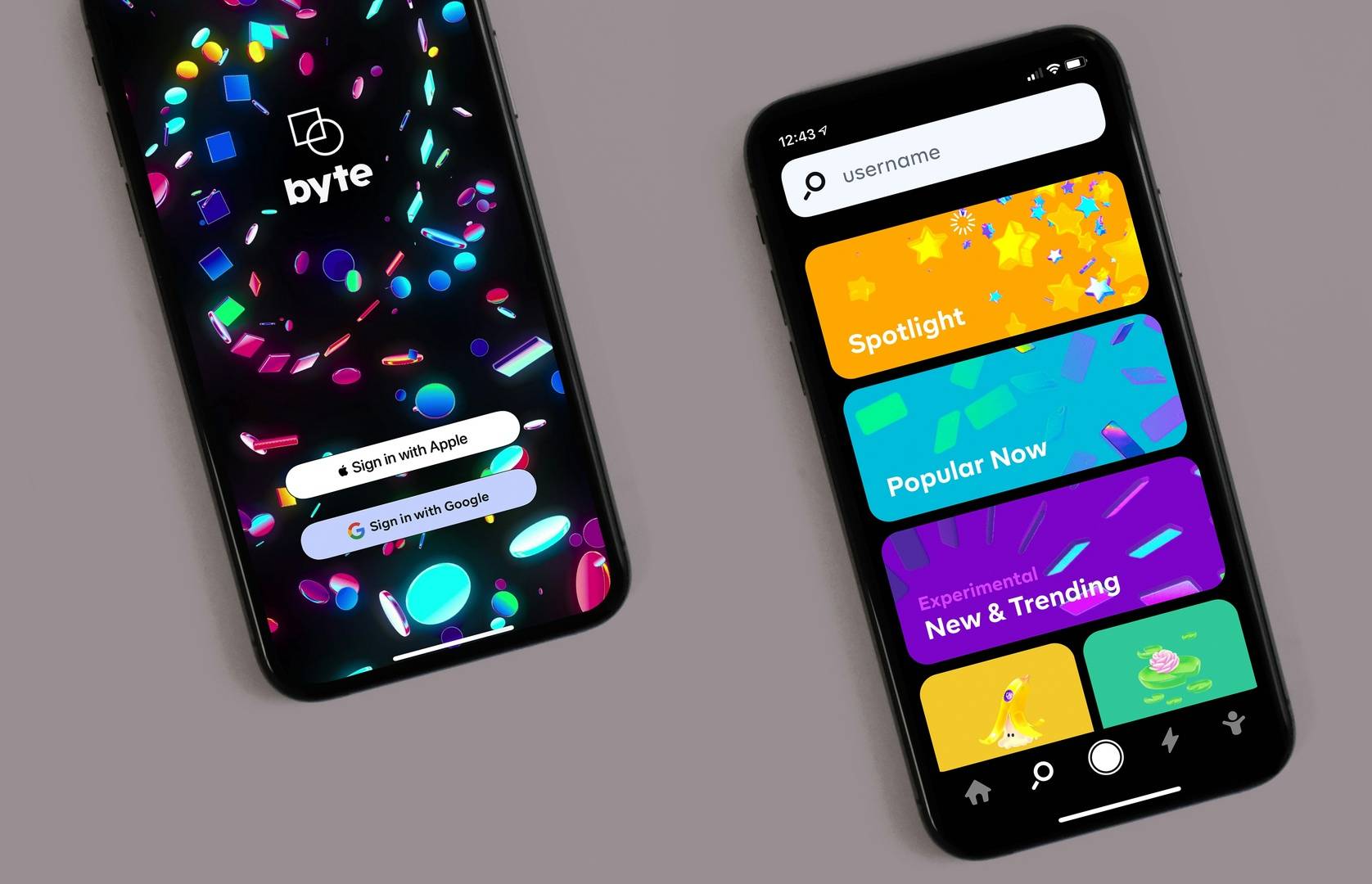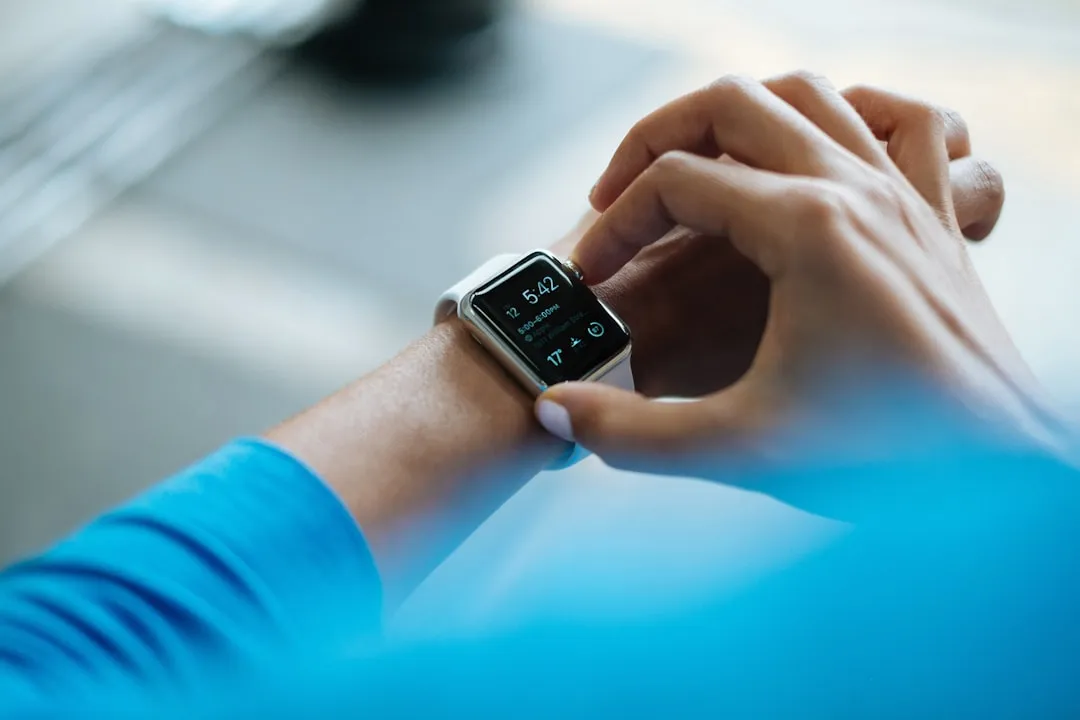In an era where digital transformation intertwines seamlessly with daily life, the signs of economic downturn have begun to manifest in unexpected forms. Traditionally, we have relied on hard metrics—GDP figures, unemployment rates, stock market fluctuations—to signal impending recessions. Yet, as the digital landscape evolves, these indicators are increasingly accompanied by a new lexicon of communication: memes. This cultural phenomenon, often dismissed as frivolous, holds significant weight in gauging public sentiment and, by extension, economic conditions.
Memes, with their ability to condense complex ideas into easily digestible formats, have emerged as a barometer for societal mood. They often reflect a shared consciousness, acting as a digital pulse check on the collective psyche. When economic instability looms, memes proliferate, capturing feelings of anxiety, confusion, and even humor in the face of uncertainty. This digital dialect, characterized by rapid dissemination and viral potential, has become a unique lens through which we can examine not only the current economic climate but also the technological trends that influence it.
The rise of memes as a cultural currency is closely linked to the pervasive nature of social media platforms, where information spreads exponentially faster than traditional news outlets can report. With platforms like Twitter, TikTok, and Reddit dominating the conversation, the rapid-fire exchange of memes serves not only as entertainment but as a form of social commentary. Technological innovation has fundamentally altered the way we communicate, and in this new paradigm, memes serve as both a reaction to and a reflection of broader economic sentiments.
As we delve deeper into this phenomenon, it becomes clear that the intersection of technology and culture plays a pivotal role in shaping public perception. For instance, during times of economic recession, the digital landscape is often flooded with memes that encapsulate feelings of financial despair, job insecurity, and inflationary pressures. These digital artifacts can be analyzed to uncover prevailing trends and sentiments, offering insights into how people are coping with economic adversity.
Consider the proliferation of memes during the COVID-19 pandemic. As lockdowns ensued and financial markets trembled, the internet became a breeding ground for memes capturing the absurdity of working from home, the struggles of remote learning, and the frantic search for toilet paper. Each meme told a story, reflecting individual experiences while simultaneously uniting people through shared struggles. This cultural response was critical in maintaining a sense of community, even as physical interactions dwindled.
Yet, the implications of these memes extend beyond mere entertainment; they offer a profound commentary on the state of the economy. For instance, the emergence of memes depicting the devaluation of currency or the plight of small businesses can serve as a more immediate reflection of economic despair than traditional metrics. As we analyze this digital phenomenon, it becomes evident that memes can serve as leading indicators of economic sentiment. This observation invites us to consider how we might integrate these cultural signals into our understanding of economic health, creating a more nuanced picture that incorporates both quantitative and qualitative data.
Furthermore, the technical infrastructure that supports meme culture is a testament to the rapid evolution of technology. The rise of artificial intelligence (AI) and machine learning has enabled the creation of memes at unprecedented speeds, allowing users to generate content that resonates with their audience almost instantaneously. Platforms utilizing AI algorithms can predict trending topics based on user interactions, ensuring that memes reach the right audience at the right time. This symbiotic relationship between technology and culture cannot be overlooked, as it shapes the way memes are created, shared, and interpreted.
As we transition into a discussion of the technological underpinnings that support this cultural phenomenon, it’s essential to highlight the role of data analytics in understanding meme dynamics. Companies like BuzzFeed and Know Your Meme have harnessed advanced analytics to track meme performance, identifying which formats and themes resonate with audiences. This data-driven approach has implications for marketers and brands seeking to engage with consumers on a more personal level. By tapping into the cultural zeitgeist as expressed through memes, companies can craft messages that resonate more deeply, fostering a sense of connection with their audiences.
Moreover, as the economic landscape continues to shift, the role of memes in shaping consumer behavior cannot be underestimated. Companies are increasingly leveraging memes in their marketing strategies, utilizing humor and relatability to engage with consumers in a way that feels organic and authentic. For instance, brands like Wendy’s and Netflix have successfully integrated meme culture into their social media presence, creating campaigns that not only entertain but also drive brand loyalty. This shift in marketing strategy underscores the importance of understanding cultural trends and the power of technology in shaping consumer perceptions.
The relationship between technology, memes, and economic indicators invites a broader discussion about the future of digital communication. As we move further into an era defined by rapid technological advancement, the channels through which we communicate will continue to evolve. The rise of augmented reality (AR) and virtual reality (VR) technologies may introduce new dimensions to meme culture, allowing for even more immersive and interactive experiences. Imagine a future where virtual environments are populated with memes that respond dynamically to economic conditions, creating a living tapestry of cultural expression.
In this context, the implications for industries ranging from marketing to public policy are profound. Policymakers might benefit from monitoring meme trends to gauge public sentiment regarding economic measures, while businesses could leverage this information to adapt their strategies in real-time. As memes continue to evolve, the potential for them to serve as a legitimate source of economic insight becomes increasingly plausible.
The convergence of technology and cultural commentary through memes also raises important questions about the authenticity of information. In an age where misinformation can spread as rapidly as genuine content, the challenge becomes discerning the credible from the sensational. This is especially crucial when considering the role of memes in shaping public opinion about economic policies or sociopolitical issues. Digital literacy will be paramount as we navigate this new landscape, equipping individuals with the skills necessary to interpret the significance of memes within broader societal contexts.
In conclusion, as we explore the intricate relationship between technology, culture, and economics, it becomes increasingly evident that recession indicators are no longer confined to traditional metrics. The rise of memes as a cultural phenomenon reflects a deeper understanding of societal sentiment, providing valuable insights into the economic landscape. As we look to the future, embracing the digital dialect of memes may unlock new avenues for understanding and navigating the complexities of our economic reality. As we continue to innovate and adapt, the intersection of technology, culture, and economic indicators will undoubtedly shape the narrative of the future, challenging us to rethink how we interpret and respond to the world around us.


